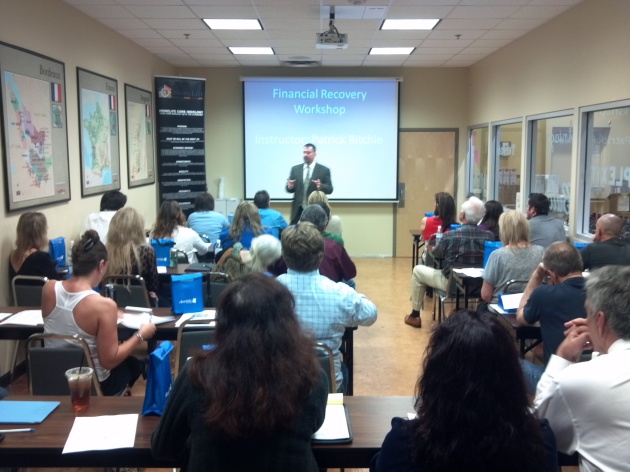It might feel like we’re experiencing an economic recovery this year, but actually, it won’t be until next fiscal year when we really begin to see signs of significant growth in the economy both locally and nationally.
That was the message delivered this morning by Jim Rounds, senior vice president and senior economist with Elliot D. Pollack and Co. Rounds was the keynote for Westmarc’s 2013 Annual Meeting and Economic Forecast held at Arizona State University West.
The good news is, “we’re moving in the right direction,” Rounds said, adding that it will be important for groups such as the Arizona Commerce Authority and the Greater Phoenix Economic Council to continue focusing on economic development tools and developing a qualified workforce throughout Arizona.
“We need to start talking about quality, not just job creation,” he said.
According to Rounds, more emphasis needs to be placed on tourism as an economic development vehicle, and there needs to be more of a focus on industries where Arizona tends to have an economic advantage, such as solar and manufacturing.
“We need to start promoting what we do well,” he said.
During his presentation, Rounds also said that according to the U.S. Bureau of Labor Statistics, in 2012 Arizona moved into the No. 5 spot for job growth after falling to a miserable 48th at the height of the Great Recession when the state lost 300,800 jobs. The top 10 states for job growth also include Texas at No. 4 and California at No. 10.
“Arizona has recovered nicely,” Rounds said.
The state has gained about 103,000 jobs back (from July 2010 to December 2012), he said.
“We are 33 percent of the way back and growing in a lot of sectors,” Rounds said.
One area where Rounds still has some concern is with home prices. A steady 10 percent growth — which is the expectation for this year — would be ideal, he said, versus the 34 percent growth in prices from 2011 to 2012.
Specifically speaking about housing in the West Valley, Rounds said the region will continue to experience growth, and it will continue to get quality projects. He is optimistic that more renters will buy and there will be some population growth. The West Valley also will see employment growth, he said.
While the national economy is experiencing sub par growth, Rounds said Arizona’s recovery should continue at a nice pace with “normal” returning in “2015-ish.”






